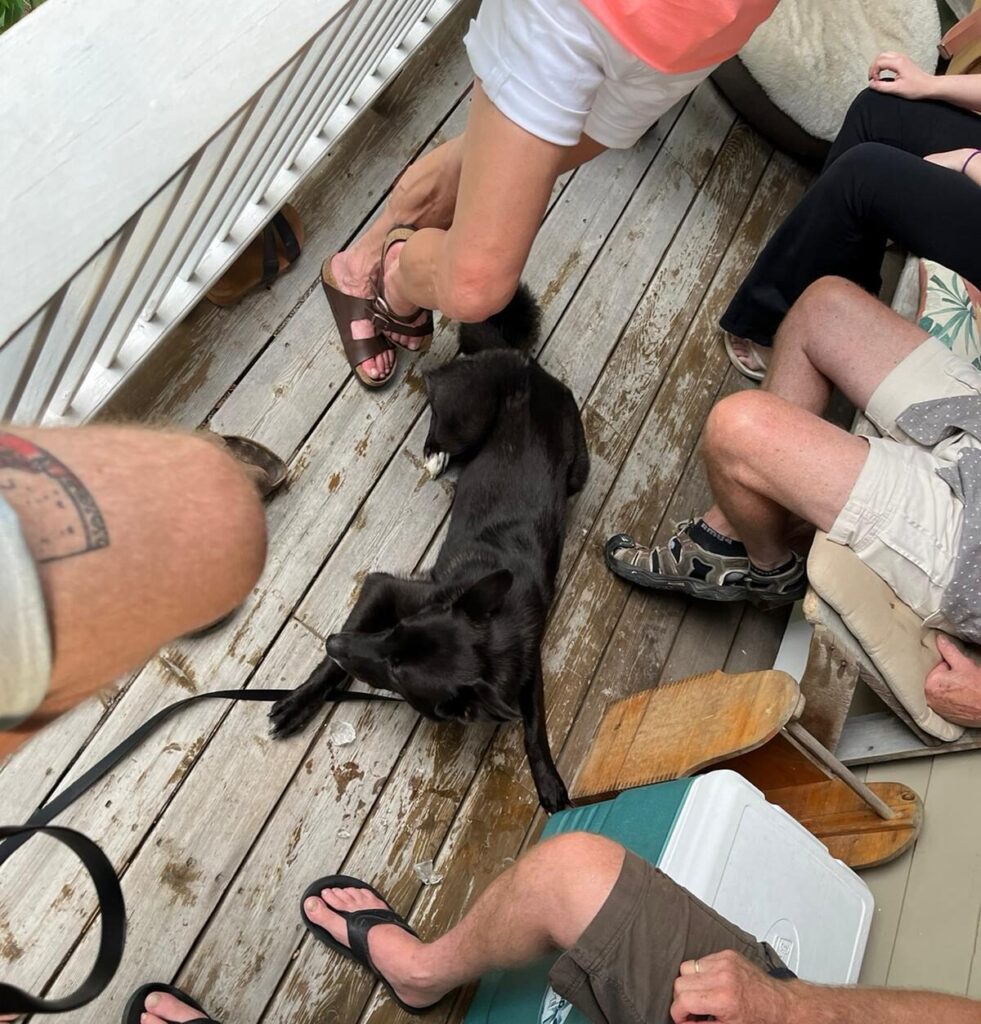
At a herding class once, I happened to be talking to a classmate in between our turns. She had her dog with her, and mine was crated in the car. She and I were talking, and her dog kept pulling in my direction, wanting to check me out, and making it difficult for us to talk. I finally suggested she officially send him over to say hi.
At the next turn, I met my friend again. This time I was with Kizzy, while my friend was dogless. We picked up our conversation and not once did Kizzy pull toward my friend. Instead, after a few moments, Kizzy sat and waited without being told, garnering praise from my classmate who noted the self-initiated thoughtful behavior.
When dogs pull toward people, particularly strangers, it’s not because they’re dying to say hi unless this is something you’ve encouraged in the name of socialization. Rather, dogs pull toward others as a redirection of the stress felt within their relationships with us. If all were well between us, why would our dogs look for a stranger’s attention? At a minimum, they pull toward others in proximity because we’ve not worked them well enough at the proximal level and the levels leading up to it.
So while distal socialization raises our dogs to ignore things at a distance, proximal socialization teaches them to ignore people, animals, and things nearby. While we kept things at a healthy distance with distal, we’re now coming closer while still expecting our dogs to ignore. This will be understandably more difficult. Examples:
Waiting our turn at the vet’s office
Grooming appointments
Taking public transportation
Walking in busier places.
Further, we introduce the interactional level of socialization when we engage with people, animals, and things, making them relevant and important to the dog, while STILL asking the dog to ignore, raising the level of difficulty. Sharing our life with dogs means we should be able to have real-life (and virtual) conversations without them butting in!